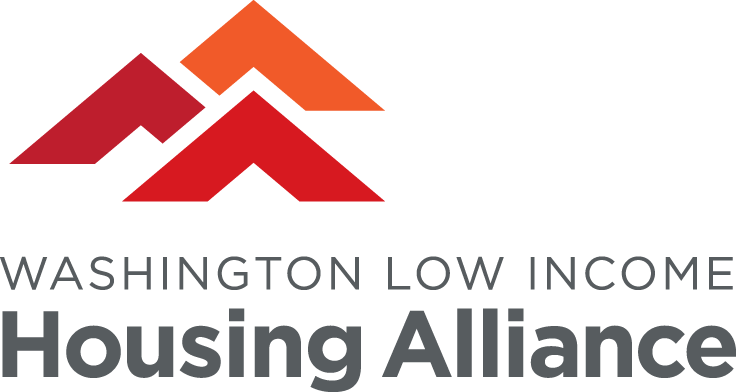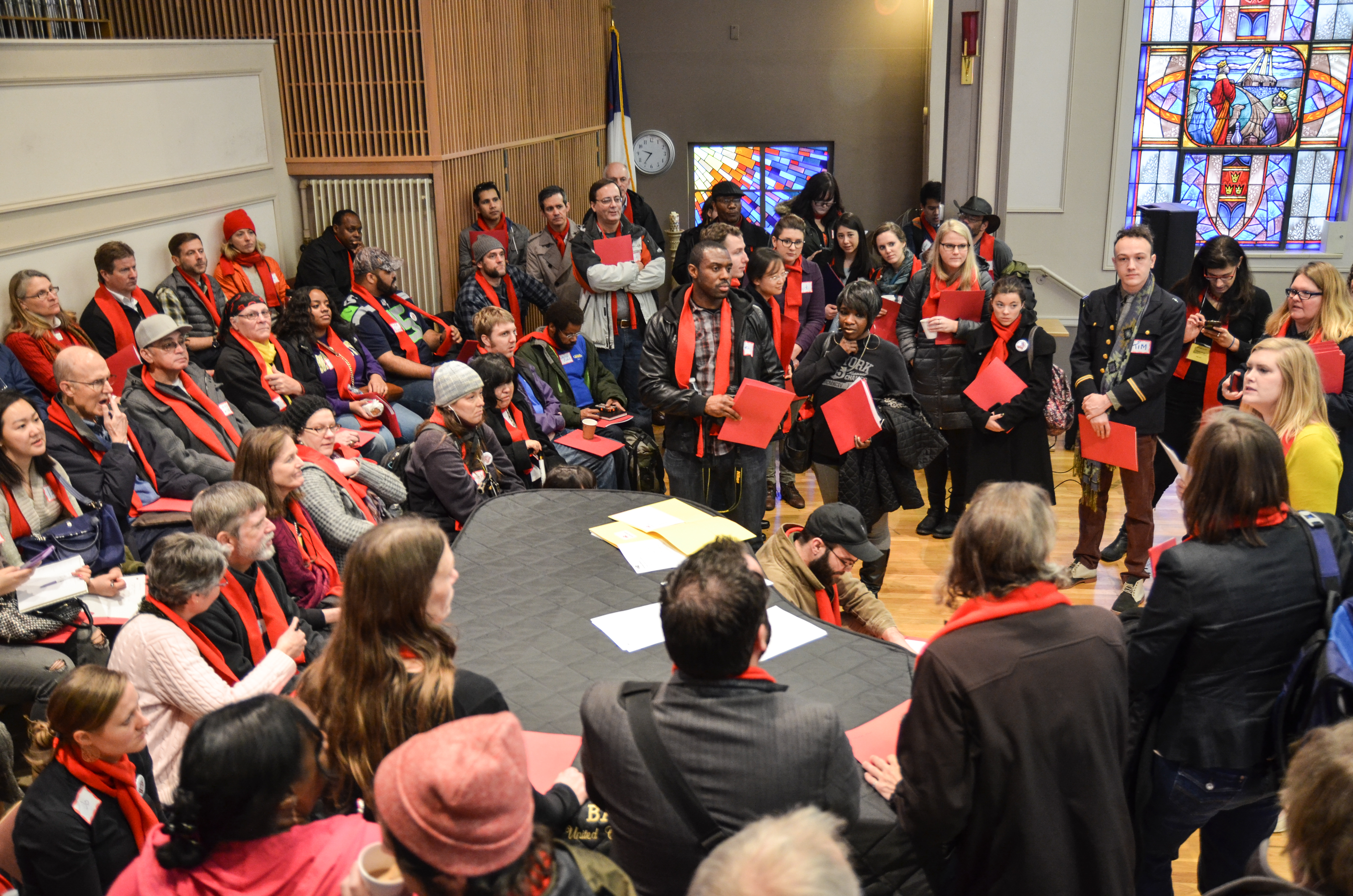Download this one pager as a PDF
Homelessness services across our state are at risk of significant cuts beginning this July if we fail to act. A workforce crisis in the homeless services sector compounds this problem.
We must prevent across the board cuts to critical services with Operating Budget investments that fully backfill a shortfall of revenues from document recording fees that go directly to service providers across the state and increase frontline worker wages with a permanent 6% increase to stabilize the workforce.
-
Homelessness and its effects on our communities is the number one concern of people across the state, yet Washington’s homelessness response faces a triple crisis of chronic underfunding, looming across-the-board cuts, and a severe workforce shortage.
-
Document recording fee’s pay for the vast majority of state funded homelessness prevention and solution services. Yet revenue is down by up to 50%.
-
The Governor’s budget only backfills part of the gap. If the full shortfall is not filled, cuts to services will impact communities starting in July. This will lead to an increase in people in our communities becoming homelessness and a decrease in services available to support them.
- State investments work, but cuts and the workforce crisis are major threats. Washington’s frontline homelessness workers face impossible caseloads, too few resources to meet people’s needs, and struggle to triage between the many people who need help.
- “We can’t hire the staff we need because our wages are on par with minimum wage jobs that are less stressful and less traumatic.”
- “I do this work because I want to help end homelessness, but I don’t know how much longer I can do it. Every day I struggle to pay my own rent and bills. I fear that I’ll end up needing the services of my organization one day soon.”
- “We can’t hire the staff we need because our wages are on par with minimum wage jobs that are less stressful and less traumatic.”
Legislative solution:
-
Fully backfill the document recording fee shortfall by increasing the Governor’s investment by $120 million (full cost is up to $160 million, the Governor provided just $40 million)
-
Increase front-line provider contracts with a permanent 6% to raise wages and stabilize the workforce. Cost: $33.6 million on top of the Governor’s proposal (full cost is up to $40 million, the Governor provided $6.36 million)

